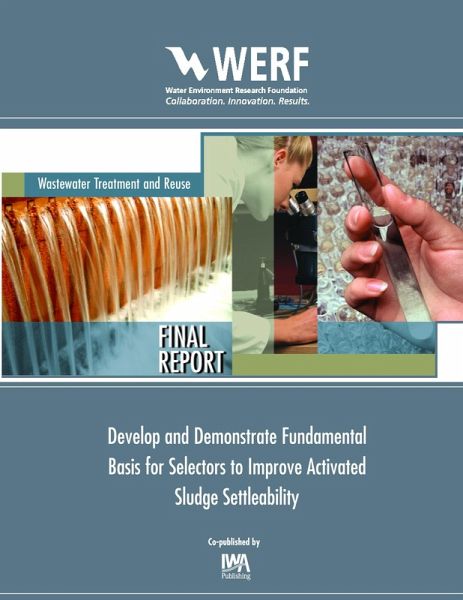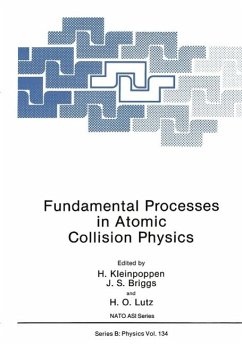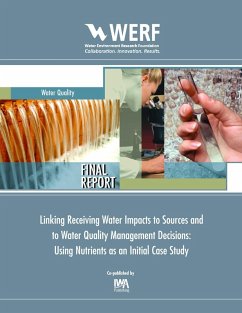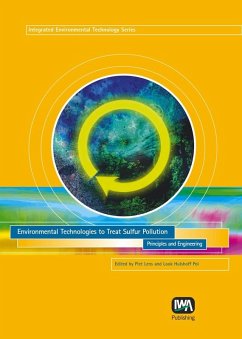
Develop and Demonstrate Fundamental Basis for Selectors to Improve Activated Sludge Settleability (eBook, PDF)

PAYBACK Punkte
13 °P sammeln!
Successful operation of the activated sludge process relies heavily on the ability to effectively separate mixed liquor into return activated sludge (RAS) and a high quality final effluent. Solids separation efficiency is dictated in large part by the relative population of floc-forming and filamentous microorganisms present in the activated sludge. During normal operation, mixed liquor will be composed primarily of floc-formers with relatively low levels of filamentous organisms. Some population of filamentous organisms is necessary to promote the formation of larger flocs and prevent develop...
Successful operation of the activated sludge process relies heavily on the ability to effectively separate mixed liquor into return activated sludge (RAS) and a high quality final effluent. Solids separation efficiency is dictated in large part by the relative population of floc-forming and filamentous microorganisms present in the activated sludge. During normal operation, mixed liquor will be composed primarily of floc-formers with relatively low levels of filamentous organisms. Some population of filamentous organisms is necessary to promote the formation of larger flocs and prevent development of a "e;pin-floc"e; condition, which often results in high effluent turbidities (Jenkins, 2004). However, when conditions favoring the growth of filaments over floc-formers occur, a condition commonly referred to as filamentous "e;bulking"e; may occur.
Dieser Download kann aus rechtlichen Gründen nur mit Rechnungsadresse in A, B, BG, CY, CZ, D, DK, EW, E, FIN, F, GR, HR, H, IRL, I, LT, L, LR, M, NL, PL, P, R, S, SLO, SK ausgeliefert werden.













